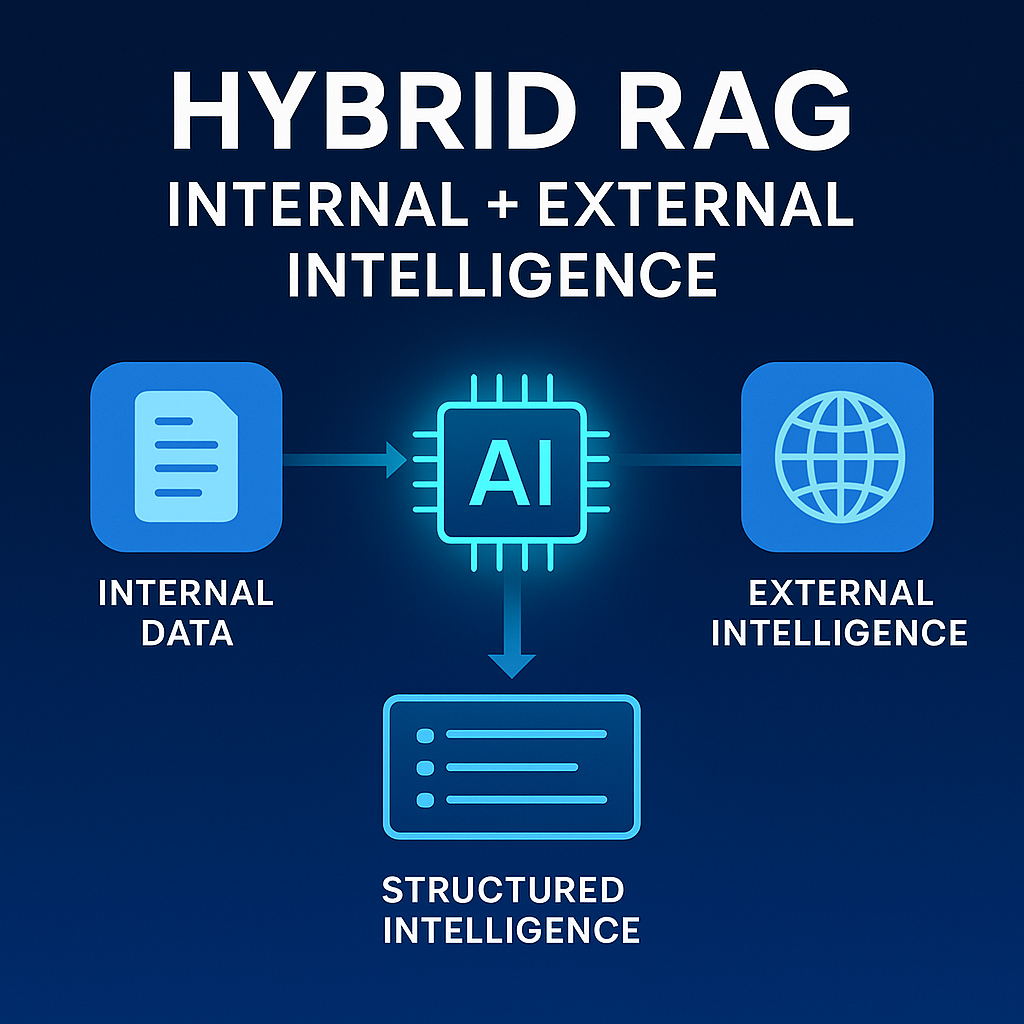In the ever-evolving landscape of business, innovation management stands tall as a strategic imperative for organizations seeking sustained growth. As digital transformation reshapes industries, the role of Innovation Management Platforms (IMPs) becomes increasingly pivotal. In this post, we delve into the world of innovation management, exploring the profound impact of IMPs and how they seamlessly integrate technology to optimize the innovation journey.
Defining Innovation Management and the IMP Advantage:
At its core, innovation management orchestrates an organization's innovation journey, from ideation to successful implementation. Now, enter Innovation Management Platforms – digital ecosystems designed to amplify and streamline the innovation process. These platforms serve as catalysts for collaboration, idea generation, and the systematic development of groundbreaking solutions.
The Multifaceted Significance of Innovation Management:In a landscape where constant reinvention is paramount, innovation management is the linchpin for thriving businesses. It propels the creation of new business models, products, and technologies, ensuring organizations stay ahead of the curve. The integration of IMPs enhances this process, providing a structured and efficient platform for organizations to harness innovation effectively.
IMPs and Idea Generation:
- Digital Ideation Spaces: IMPs provide dedicated online spaces that transcend geographical boundaries, fostering a collaborative environment for employees, partners, and customers to contribute ideas.
- Crowdsourcing Capabilities: These platforms leverage crowdsourcing, tapping into the collective intelligence of a diverse audience. The result is a richer pool of ideas and perspectives.
IMPs and Collaboration:
- Real-time Collaboration: With real-time collaboration features, IMPs break down communication barriers, enabling cross-functional teams to work seamlessly on innovation projects.
- Integrated Communication Tools: IMPs incorporate communication tools that facilitate discussions, feedback, and idea refinement, ensuring a comprehensive evaluation process.
IMPs and Idea Evaluation:
- Scoring and Ranking Tools: Advanced tools within IMPs allow organizations to objectively evaluate and rank ideas based on predefined criteria.
- Analytics and Reporting: The analytical capabilities of IMPs provide valuable insights into the innovation process, enabling organizations to measure effectiveness and identify areas for improvement.
IMPs and Workflow Management:
- Stage-Gate Processes: IMPs support structured stage-gate processes, guiding ideas through different development stages and ensuring a systematic innovation pipeline.
- Project Management Integration: These platforms seamlessly integrate with project management tools, aiding organizations in tracking timelines, resource allocation, and key milestones.
IMPs and Differentiated Approaches:
- Open Innovation Facilitation: Some platforms extend their capabilities to facilitate open innovation, connecting organizations with external partners, startups, and experts.
- Flexibility for Different Innovation Types: IMPs recognize and support diverse innovation types, including incremental, breakthrough, and disruptive innovations.
IMPs and User Engagement:
- User-friendly Interfaces: To encourage widespread participation, IMPs feature user-friendly interfaces, making it easy for individuals to engage in the innovation process.
- Gamification Elements: Gamification, through rewards and recognition, motivates participants, fostering a sense of competition and achievement.
Conclusion:
Innovation Management Platforms redefine the innovation landscape, seamlessly integrating technology to optimize and amplify the innovation journey. As organizations navigate the challenges of digital transformation, embracing these platforms becomes paramount for staying agile, competitive, and innovative. By fostering collaboration, streamlining processes, and providing a structured environment, IMPs emerge as the unsung heroes propelling organizations toward continuous evolution and success in an era defined by innovation.
How can Traction Technology help?
Traction Technology is a ground-breaking platform engineered expressly to eliminate internal innovation silos, thereby enabling enterprises to seamlessly collaborate and align their business needs with promising technologies. By providing dynamic features that promote collaboration and innovation, they aim to accelerate digital transformation in the enterprise.
Here's how Traction Technology can help:
.png)
AI Driven Discovery of Relevant Startups: Traction Technology helps established companies discover relevant advanced technologies aligned with their strategic goals and innovation areas. It curates startups based on different industries, technology trends, and areas of business interest, making it easier to find potential partners or investment opportunities and share this information across the enterprise.
Collaboration and Engagement Tools: Traction Technology offers tools that help manage the engagement process with startups. It provides a structured approach to evaluating, tracking, and managing interactions with multiple startups across multiple project and pilots, improving efficiency and collaboration.
Data-Driven Insights: The platform provides data-driven insights to help make informed decisions. This includes information on startup funding, growth indicators, customers and competitors, which can help in assessing potential startup partnerships.
Innovation Pipeline Management: Traction Technology aids in managing the innovation pipeline. It helps companies capture ideas and request and track innovation projects, monitor progress, and measure results in real time, promoting a culture of continuous innovation.
Track KPIs and Generate Custom Reports: Effortlessly track Key Performance Indicators (KPIs) with real time dashboards and generate custom reports tailored to your organization's unique requirements. Stay
.png)
ahead of the curve by monitoring projects progress and engagement.
By leveraging a platform like Traction Technology, established companies can gain a competitive edge, driving their digital transformation journey and adapting to the fast-paced business environment. It supports the integration of startup agility, innovation, and customer-centric approach into their operations, which is critical for success in the digital age.
About Traction Technology
We built Traction Technology to meet the needs of the most demanding customers, empowering individuals and teams to accelerate and help automate the discovery and evaluation of emerging technologies. Traction Technology speeds up the time to innovation at large enterprises, saving valuable time and money by accelerating revenue-producing digital transformation projects and reducing the strain on internal resources, while significantly mitigating the risk inherent in working with early-stage technologies.
Let us share some case studies and see if there is a fit based on your needs.
Traction Report Update: 24 Startups to Watch In 2024
For more information
● Explore our software and research services.
● Download our brochure: How to Evaluate Enterprise Startups.
● Watch a demo of our innovation management platform and start your free trial.









.webp)